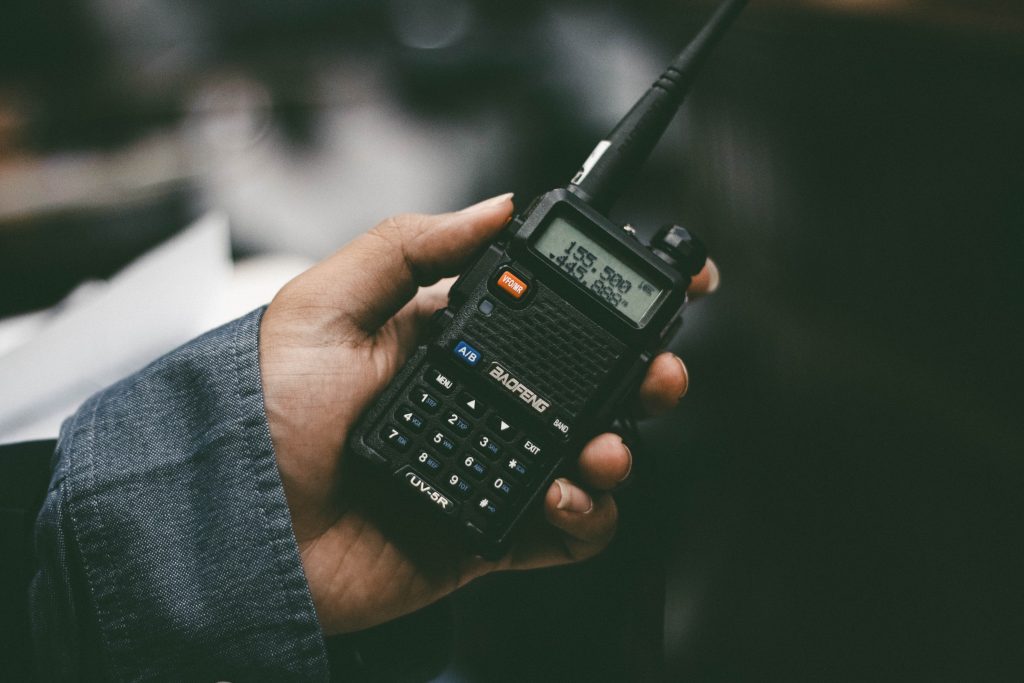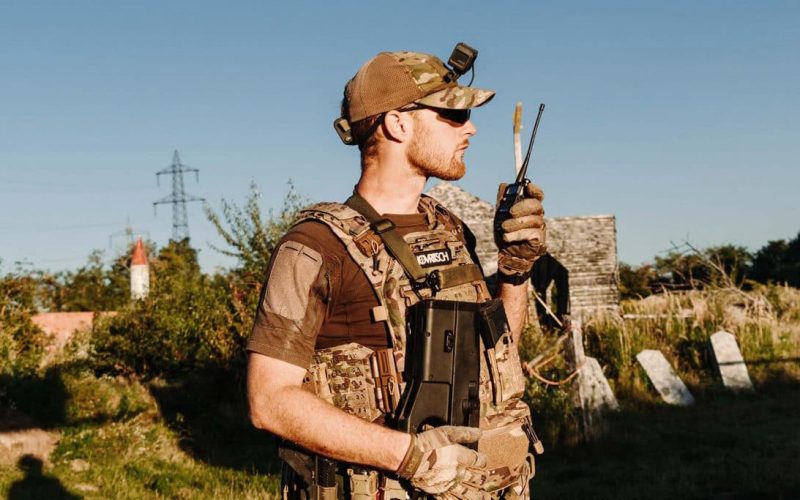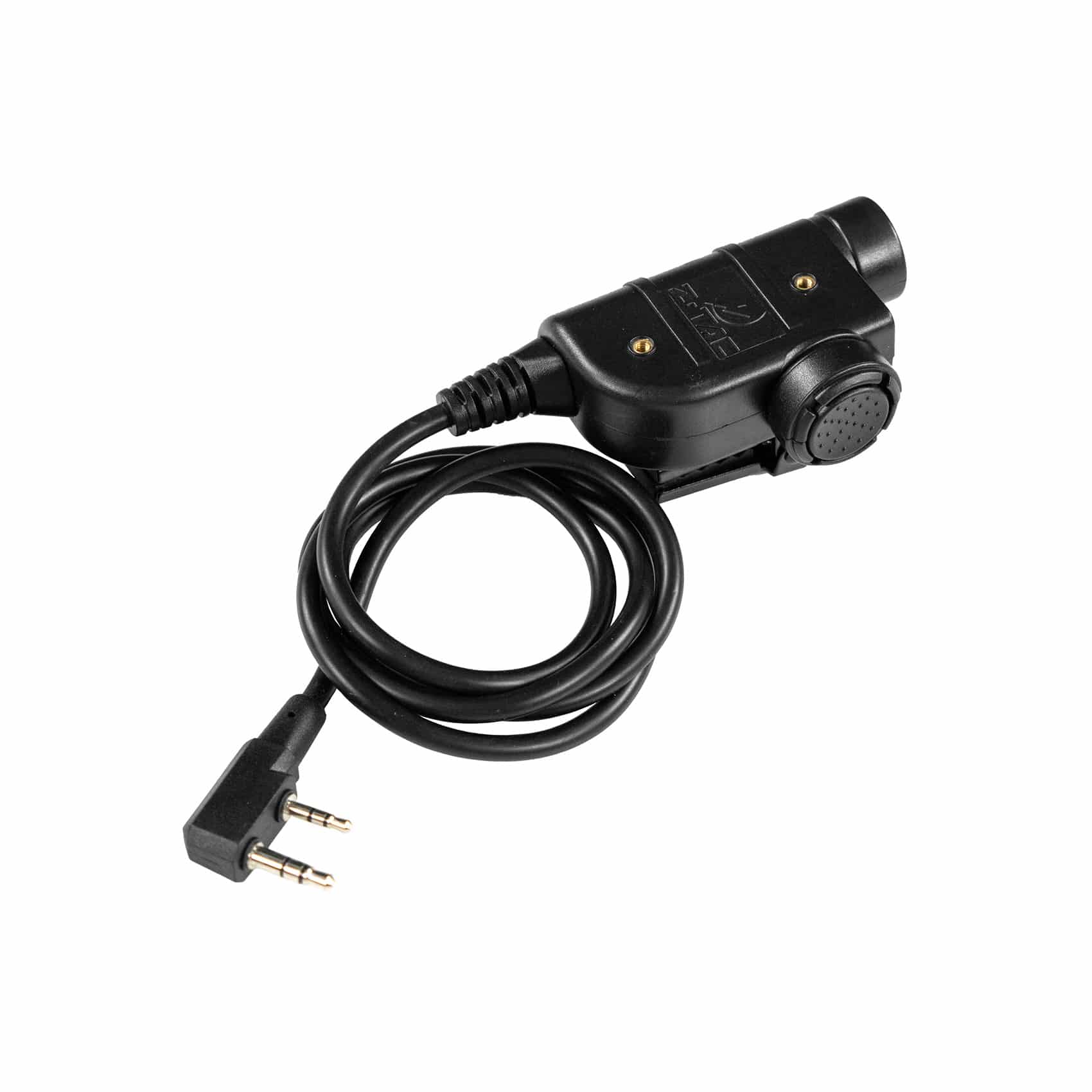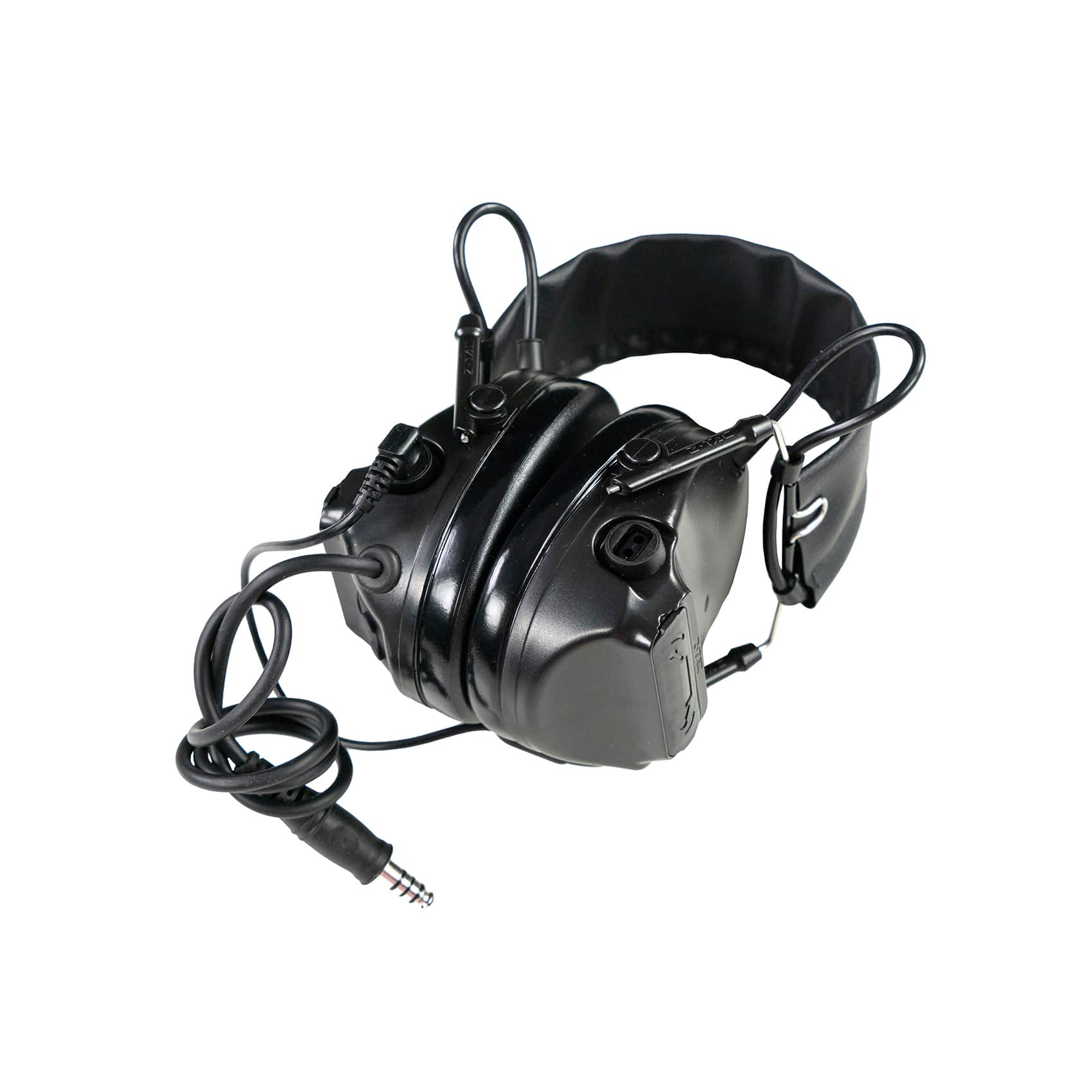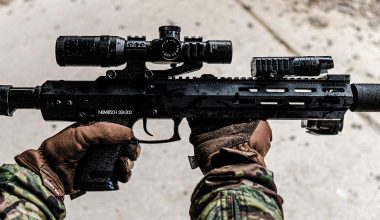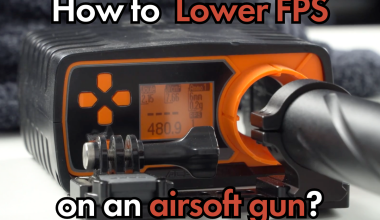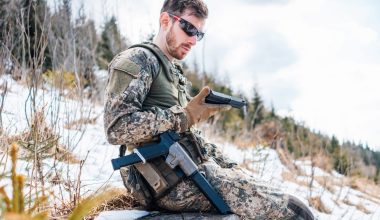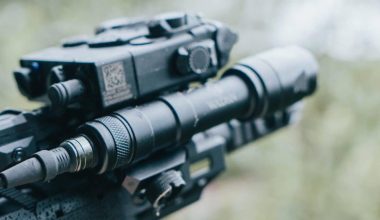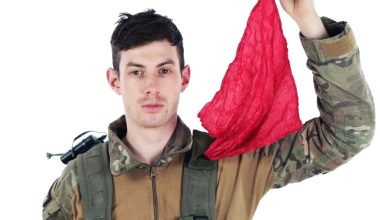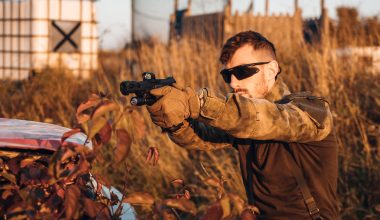Want to improve your team’s performance and increase your chances of victory? In this post, we’ll review proven tactics for mastering airsoft communication.
From pre-game planning to in-game execution, you’ll learn the skills and strategies needed to dominate the field with effective team communication and take your airsoft game to the next level. This includes hand signals, radio comms and headset usage.
👋 Hand signals, 🗣 Speech and 📞 Radio are the 3 basic tools for the job!
Pre-Game Communication/Planning
There are usually two teams where you need to consider your communication during an airsoft game: the entire team – all your allies – and your squad – people you came in with.
Comms with the entire team may enable you to reach the game-wide goals more easily, whereas proper squad communication will likely strongly improve your personal experience. For both, make sure to familiarize yourself with the field and game mode.
🔥 PRO TIP: Print yourself a map of the field if there is one available. Then get some sort of plastic wrap and put the printed paper in. Then use a whiteboard marker for temporary planning. Easy to erase and create a different plan for the next game. 🗺
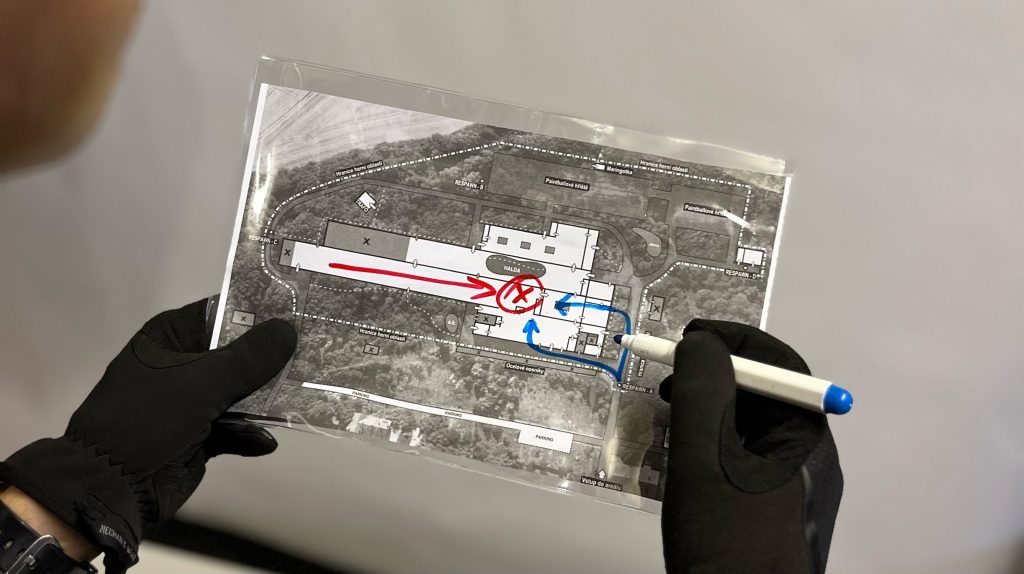
Before each game, set a game strategy based on the goal. Since there usually isn’t much time to plan between standard games, make sure to have one person do and explain the planning – usually the squad leader. This makes it faster and more flexible than bragging about the best strategy.
Also, before you hop in the actual game, make sure your radios are tuned to the same frequency and that the frequency is free. If you want to go full-pro, ensure your team is on the same page with hand signals. But more on that later.
In-Game Communication
When the game starts, you have the three main options at your disposal regarding communication. Just to remind you: good communication in an airsoft game often means victory in a given situation.
When it comes to spoken language, only use it in close proximity and be aware that if you are in CQB environments, the enemies can overhear your communication.
Hand signals 👋
Hand signals are a great replacement for spoken words. They are silent and can help you convey the necessary information. For basic communications, you can adapt a few basic ones used in the military. Here is a simple cheat sheet to get you started:
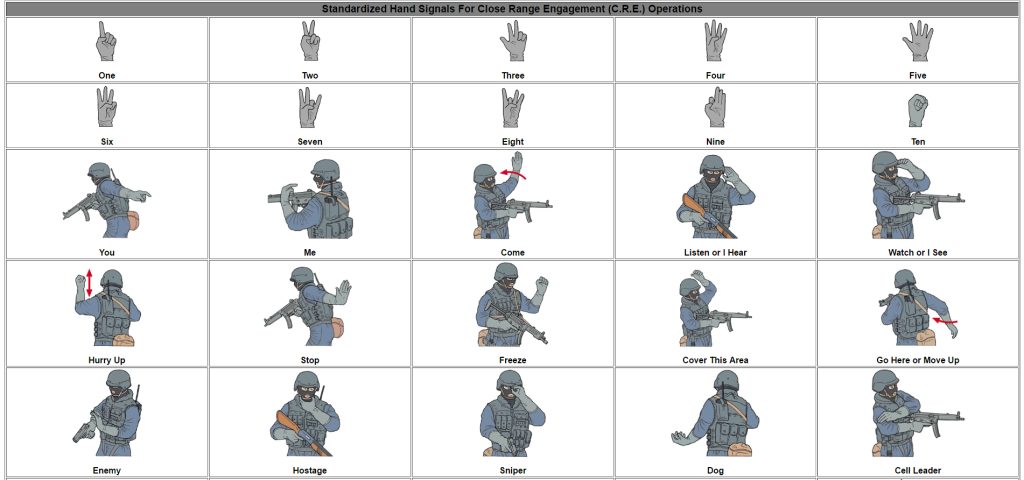
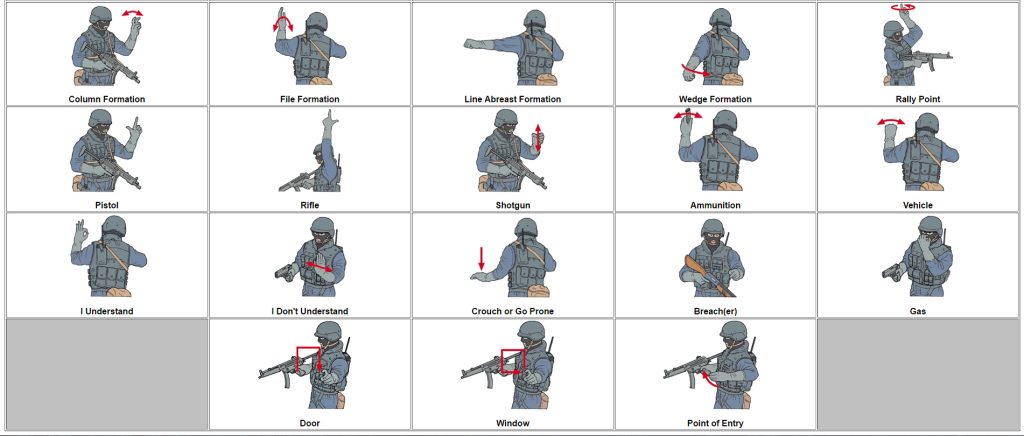
Radio 📞
Using a radio can be handy for both team and HQ comms. You are also not as limited in terms of distance as you would with spoken language or hand signs. The downside, however, is that you need a Radio setup (we can help there though 😄). Such a setup consists of three things: a radio, a PTT and a Headset.
Be aware that the Tactical Radio by Baofeng (UV-5R) may be illegal to use in your country, especially in the EU. These radios use more frequencies than they should. 😊
5 Tips for using a radio effectively during an airsoft game:
- Create a short callsign for every teammate to save time. A number and a letter will suffice. Example: A01. Short and simple!
- When pressing the PTT, wait for a second or two before speaking. When speaking, make sure you talk slowly and clearly.
- Keep track of where you are located on your map. Be ready to share that at all times. Consider creating callsigns for locations as well.
- Make your broadcast as short as possible because common Baofeng Radios can use a function called a scanner which could lock on to your frequency and gather valuable intel.
- Carry small maps and lists of callsigns as well as radio frequencies.
After Game Communication
After the game, we strongly recommend gathering your team and shortly going over your mistakes and successes to better improve your team’s communication in any situation. Discuss what should be done differently next time playing.
Put the key learnings on a list of paper or write them in your phone. This way you can get back to them with the next game.
Use your map after the game to review your teammate’s movements and decisions to get a better feel for how they reacted in different situations, which will help you to plan accordingly in the future.
Common Issues when communicating
Besides not bringing enough batteries for your radio, the biggest key point for you to take is that Any type of communication is better than no communication. Moreover, one of the typical issues is not planning your communications system well enough for the given area of operation.
To help with that, here is a rundown of possible environments:
- CQB: use hand signals and Bluetooth-style comms or simply connect via phone. Radios usually have problems in closed spaces with thick walls.
- Urban mix (more open than just CQB): A great place for mid-range communication with either a pre-planned map or the use of tactical radios.
- Forest (longer range communication) Tactical radios, as well as maps with pre-planned waypoints, are a great help in coordinating the movement of a group/unit. Don’t shout in the forest if you are in an ambush or near contact!
- Ghillie sniping (close to long range): Depending on the mission, but radios that are OFF and stored away are used only during a certain pre-planned time window so that the sniper can relay information without being detected by any sound and also that it won’t get in his way during movement.
- Other (spotter, technicals, HQ): Decide what their role is and what is the most effective way of relaying information and communicating from the above-mentioned options.
Long story short, play around and try all the methods of communication. Then evaluate their effectiveness and choose the right one for your AO/Team.
